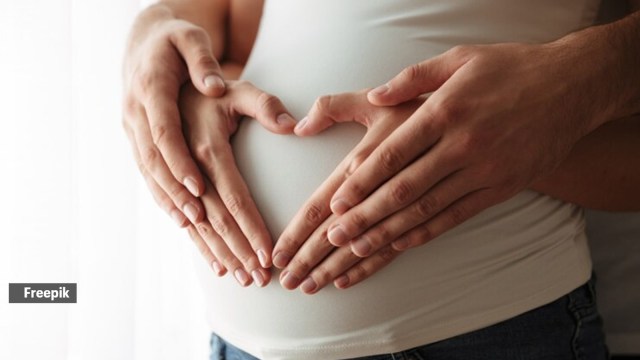How IVF helped 30-year-old give birth to twins after series of unexpected challenges: What had she overlooked?
Polyps in the uterus can lead to repeated cycles and miscarriage. However, now they can be managed. A world IVF day special
 Uterine polyps are tissue growths that line the inner wall of the uterus. (File)
Uterine polyps are tissue growths that line the inner wall of the uterus. (File)A 30-year-old woman had almost given up hope of becoming a mother after a series of failed IVF (in-vitro fertilisation where a couple’s eggs and sperm are fertilised in a laboratory and then transferred to a woman’s uterus) attempts. It was both an emotional and physical roller coaster ride as she miscarried every time. All because of a recurrent uterine polyp.
“This is a common but often overlooked cause of IVF failure and miscarriage. However, it can be managed. Once we addressed the issue, our patient was able to deliver healthy twins — a boy and a girl — through caesarean section,” says Dr Mannan Gupta, fertility specialist at Elantis Healthcare.
He first performed a hysteroscopy, a procedure where a thin, lighted tube is inserted through the cervix into the uterus to examine the uterine cavity. This revealed a polyp, which was removed then and there. “We then meticulously prepared the uterine lining for embryo transfer. The patient conceived twins. The pregnancy progressed smoothly over nine months and the twins were delivered via caesarean section. Each baby weighed approximately 2.5 kg,” says Dr Gupta.
What are polyps?
Uterine polyps are tissue growths that line the inner wall of the uterus. Most uterine polyps are benign and typically asymptomatic but they may have an impact on a woman’s fertility, particularly among women attempting to conceive through IVF.
How can they block the embryo?
Polyps may block embryo implantation because they may change the shape of the uterine cavity due to chronic inflammation. This alters and constricts the uterine environment where the fertilised egg is implanted in order to grow into a foetus. If untreated or undetected, uterine polyps can lower the chances of a successful embryo transfer even when the embryos are of high quality.
Polyps can further disrupt blood flow to the uterus, potentially affecting the embryo’s development and increasing the risk of miscarriage.
What is done once polyps are detected?
If polyps are detected, most fertility specialists recommend removing them surgically. This procedure is completed under anaesthesia. Most studies have shown that the removal of polyps before an IVF cycle significantly improved pregnancy outcomes.
Why is the timing of surgery important?
Polyps should be removed before your IVF cycle commences. If we identify a polyp while you are in an IVF cycle, we may recommend that you freeze your embryos and that we delay the embryo transfer until there are no polyps in your uterus. Wait out at least two period cycles before embryo transfer.
Polyps can recur, so women with a history of recurrence may need follow-up scans prior to each IVF cycle.
How to stall polyp formation?
Polyps recur because of certain risk factors, such as obesity, hormonal imbalance or estrogen therapy.
Photos



- 01
- 02
- 03
- 04
- 05




























